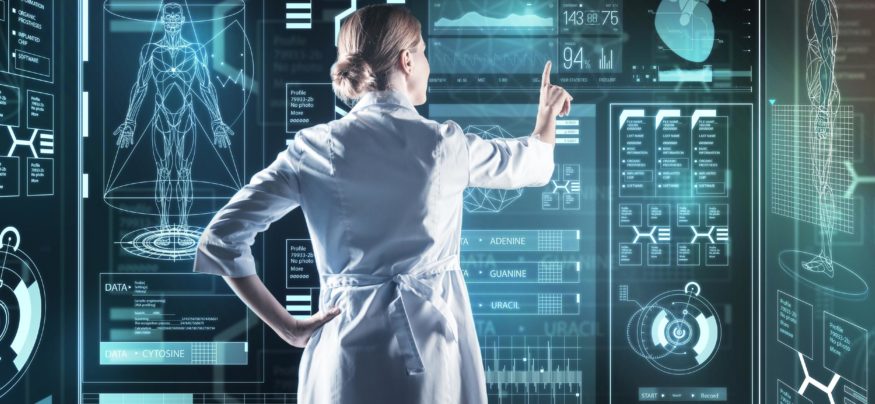In this News Insight, ReadWrite sets out five exciting opportunities for IoT to benefit healthcare organizations. Security remains a key obstacle to unlocking the potential of IoT. To prepare your organization, read our guide to securing healthcare applications. — Samsung Insights editorial team
The internet-of-things (IoT) is about to take over the healthcare industry. By the end of this year, there will be more than 23 billion connected devices, with that number set to grow to more than 75 billion by the end of 2025. While many of these devices will be used to toast your bread to the perfect level of doneness, or give your drone a full onboard GPS navigation system, the remainder are going to have vital roles to fill—and may even save lives.
The healthcare industry as we know it is about to undergo an evolution, the likes of which we’ve never seen, and we’re all destined for better care because of it.
The Most Important Changes
These are some of the most important ways IoT could change healthcare for the better:
- Training. Doctors, nurses, and medical students will be equipped with advanced healthcare training devices, which can give them real-time feedback, and mimic patient symptoms. The sophistication and widespread availability of these devices will make it easier to train new medical professionals over vast distances, and may even be able to self-guide them toward a more complete education.
- Remote patient monitoring. IoT will also revolutionize remote patient monitoring, especially for patients who have medical devices to manage. For example, IoT could make it simpler and easier to check your blood sugar on a regular basis, or could tell you when your blood pressure is rising above normal. Connected devices could send this feedback, in real-time, to your primary care physician, who may be able to take intervening action faster than ever. When applied to patients at risk for heart attack or stroke, the benefits become even clearer.
- Preventative care. The least expensive and most effective way to get healthcare is gradually, during the times when you don’t think you need it. Preventative medicine is underrated and frequently neglected by people who don’t believe they need regular checkups. IoT could make those regular checkups more convenient, and could even make them a part of everyday life; imagine having a device that could proactively monitor your vitals, and tell you exactly when you need to seek further care.
- Workflow optimization. Medical professionals are also looking forward to IoT’s ability to control workflow optimization. This may not mean much to you as a patient, but ultimately, it’s going to result in better care. Nurses, doctors, and patients may all walk around with RFID bracelets, with a centralized system that indicates who’s supposed to be where and when. Doctors will see you faster, and there will be fewer opportunities for confusion.
- Inventory management. Though not the sexiest application, IoT will also be important in inventory management. Hospitals and doctor’s offices often contain controlled substances, medications, and other important equipment; using IoT tech can help keep track of all these important items, and ensure they aren’t being used for the wrong patient or falling into the wrong hands.
The Obstacles
Many of these applications already have prototypes or early models in circulation, so what’s stopping IoT from truly taking off in healthcare?
- Pace. The healthcare industry isn’t well-known for its ability to adopt new technology quickly. In fact, your local hospital may still be using computers from the 90s. Slow adoption will prevent IoT from taking off as quickly as it otherwise could.
- Cost. New technology costs lots of money, which some hospitals won’t be willing to provide—especially with a constant stream of new, more cost-efficient generations on the horizon. Worse, hospitals that adopt this new technology may start charging even more exorbitant prices to make up the difference.
- Security. One of the biggest concerns is security. If you have a connected device controlling some important biological function in your body, and someone seizes control of it, you could be held hostage by a cybercriminal. Your personal data may also be at stake here.
- Training. Learning to use IoT devices ethically and appropriately is going to require weeks, if not months of new training for doctors, nurses, and other admin staff who are already overworked.
Unfortunately, these obstacles have the power to hold back the growth of healthcare IoT for years to come. But as we figure them out, we’ll start to see the gradual introduction of devices, processes, and systems that can increase our lifespans and the quality of our care.
This article was written by Frank Landman from ReadWrite and was legally licensed through the NewsCred publisher network. Please direct all licensing questions to legal@newscred.com.
From technology used in hospitals and healthcare data security for mobile devices, to connected care solutions and remote health monitoring, Samsung healthcare solutions enable you to improve the quality of care from hospital to home.
![]()







